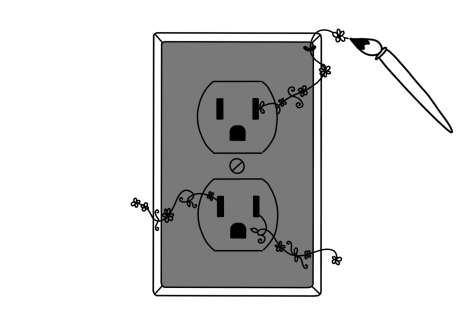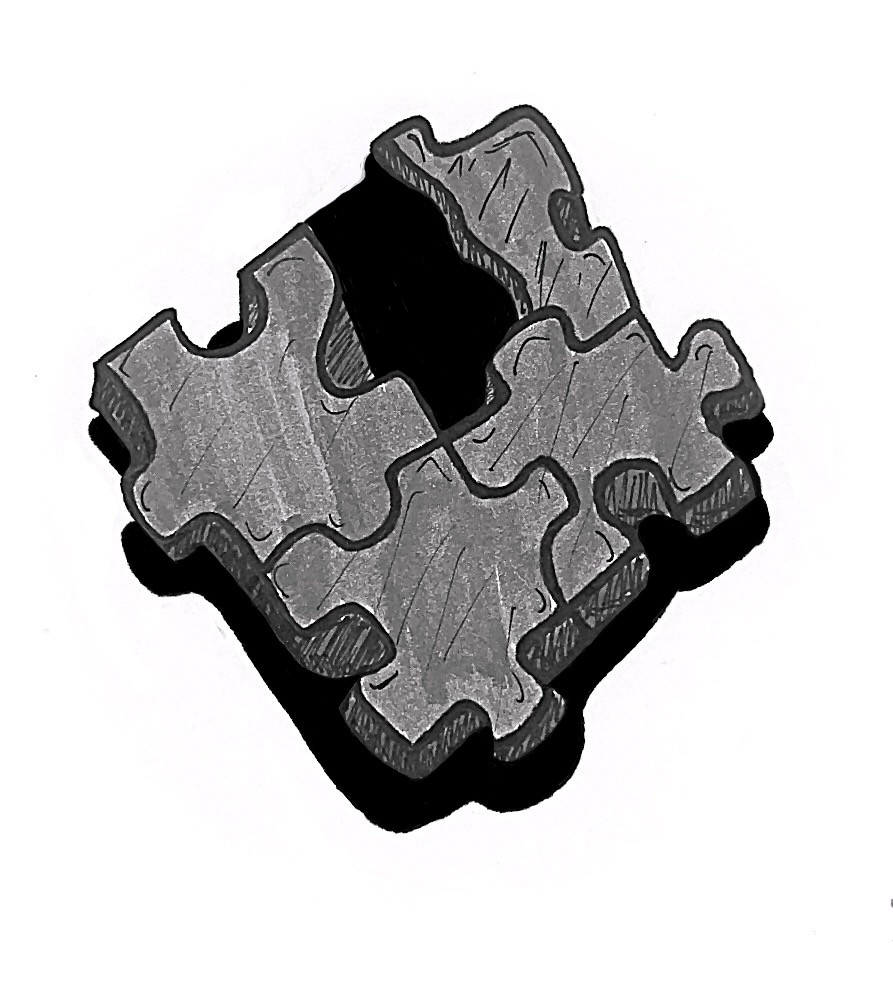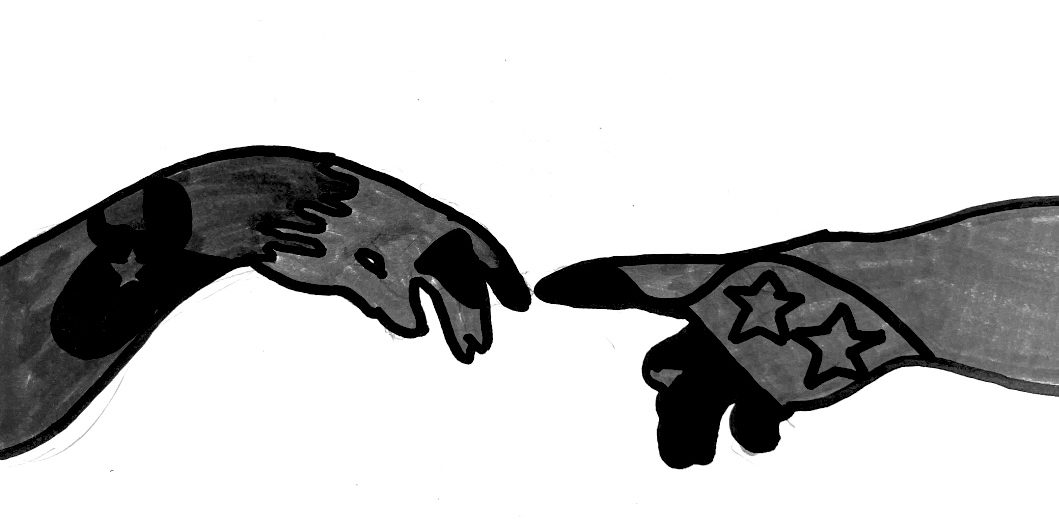In primary school, I could make any blank object my canvas: napkins, the back of math sheets and dinner menus were my creative field. At the time, I didn’t know what a quality piece of art looked like, so I was usually quite pleased with my end result, regardless of its appearance. I felt proud to have put effort into an activity that produced something special, imaginative and completely my own. If you asked me six years ago whether or not I considered myself an artist, I would undoubtedly answer yes. If you asked me now, at the age of 16, I would laugh.
Under no circumstance would I now have the confidence to label myself a creative person, let alone an artist. This is not to suggest that I lost my creativity completely, rather, I have formed habits that stunted my imagination’s ability to materialize, a common trend with many of my peers. With this in mind, it is crucial for students’ mental wellbeing to foster creativity by embracing failures while also finding creative outlets outside of their structured routines.
To understand why human creativity levels vastly differ as we age, it is important to know the different functions of the brain. The brain can be broken down into two hemispheres: the left and right, each performing significantly different tasks. The left side of the brain is the analytical and rational side, while the right side is responsible for artistic aspects. Both sides are equally critical in developing creativity, but they can only be effective when working in tandem.
Often, the knowledge that students obtain in school motivates them to reject more complex ways of thinking because they form defaults that prevent their ability to reach for imaginative solutions. This is exhibited in a study conducted by NASA, which tested the creative potential of children over the course of a decade. Scientists found that, of the 1,600 four and five year-olds tested, 98 percent scored at a “creative genius” level. Ten years later, out of the same group of children, only 12 percent scored the same creative potential levels. While learning more in school can lead to expansion of the analytical side of the brain — increasing pattern recognition and developing routines that may better serve students in achieving desired grades — the individual may lose their originality and begin to resist testing new ways of thinking.
Starting in seventh and eighth grade, teachers prepared me to write essays following a strict format: an introduction with a thesis, three body paragraphs and a formulaic conclusion statement. Although it’s indisputable that learning these basic skills are necessary for a developing writer, creativity can be hindered when students assume they have to put their ideas into a confining structure. Writing, for many, is a form of expression that allows for students to communicate in a format unique to how they hope to portray their message and this should not be confined.
Although enhancing one’s creativity inside of school is important, some educational requirements cannot be altered for the purpose of maintaining consistency for teachers, making it even more important to find creative outlets outside the classroom. In school, it’s typically important for students to put their work in a specific format to help a teacher analyze their understanding of a subject. An example of this can be in math, where the teacher must have the ability to follow how the student is solving problems in order to check their understanding of a concept. In English, a teacher may ask that students analyze a piece of writing in a certain way. In both of these cases, being creative with reaching solutions could result in a misinterpretation of student work on the teachers behalf.

For these reasons, exploring new activities outside of school may be necessary for students to expand creativity. Although this can be intimidating because people are at risk of making mistakes or not being experts in their field, research from Forbes has shown that participating in creative outlets can help in many aspects; including strengthening social relationships, improving brain function and encouraging people to form a greater appreciation for the world. Creative outlets can be important in recognizing deep-rooted emotions and experiences, giving them a tangible presence while the repetition of those activities, such as drawing, coloring or knitting, can also activate “flow.” Harvard Health describes the term “flow” as the state an individual is in when they become extremely absorbed in an activity, such as doing a puzzle or listening to a song. Flow is proven to help relieve stress, slow your heart rate and boost your mood, thus making creative repetitive motions an effective way to receive those benefits. Also, successfully completing a creative task, whether you are good at it or not, can result in a flood of dopamine to the brain, the chemical that controls your happiness levels.
Creativity can come in all forms and anyone can engage in innovative pursuits and processes, regardless of their level of experience. One does not have to be Picasso to feel the positive effects of the practice. The culture of Redwood academics can be very demanding and activities such as journaling or pottery are great ways to take one’s mind off the stress of school and everyday activities.
In school, learning is like painting with numbers. Our teachers give us a piece of paper and we are expected to color within the appropriate space. Coloring between the lines can be stressful, and at the end of the process, each of our drawings will look nearly the same. It is important to take the time to pick up the coloring tools and draw what you want, to help shine a light on the more imaginative side of yourself.







